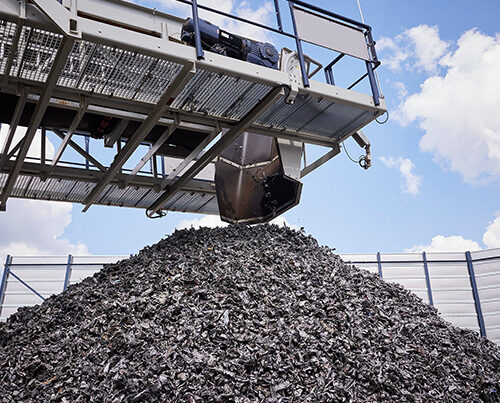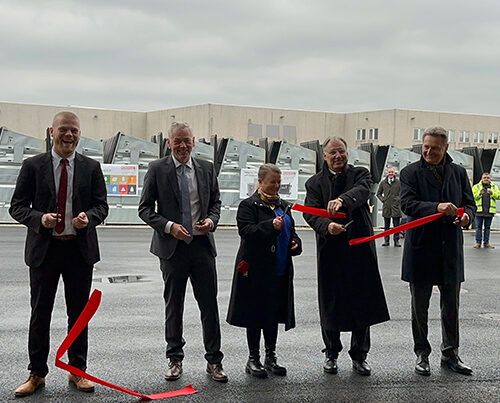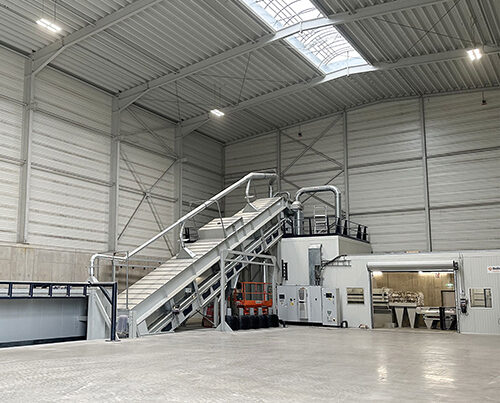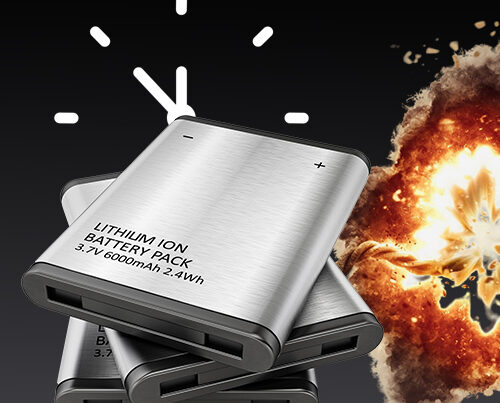Plant-operated facilities generating energy from non-recyclable waste
Anyone taking steps to curb climate change and conserve natural resources will also prefer to use exemplary energy supply solutions. REMONDIS’ Lippe Plant is a perfect example of this. Just like the network of plants and facilities located at this recycling centre, there is a smart system managing energy supply that creates synergies and adds value. At its heart: the plant-operated facilities that generate energy from non-recyclable waste.
Substantial quantities of natural resources are conserved
A whole range of processing facilities transform large volumes of waste into valuable materials at REMONDIS’ Lippe Plant, Europe’s largest industrial recycling centre. Around 900,000 tonnes of recycled products leave the site every year – from high quality plastic pellets, to certified compost, all the way through to environmentally friendly biodiesel. Looking at its operations from a sustainable point of view, these activities ensure that substantial quantities of natural resources are conserved and that carbon emissions are cut by around 488,000 tonnes year on year.
“All in all, REMONDIS’ two power stations and its biogas plant supply 222,300 megawatt hours of steam and electricity to external customers every year.”
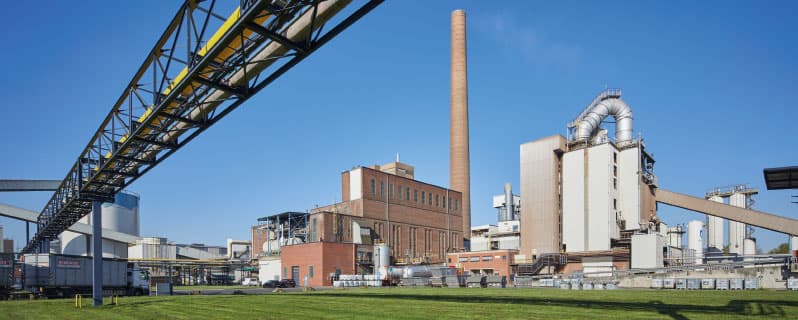

Generating energy from waste reduces the demand for fossil fuels making it a future-proof system that helps to conserve natural resources and curb climate change
Producing energy with fluidised-bed combustion
Every year, the Lippe Plant requires 114,600 megawatt hours of energy and most of this is supplied by the site’s own fluidised-bed power station. This power station used to serve an aluminium plant and was originally designed to be fired with hard coal. Nowadays, it supplies the whole of the Lippe Plant with electricity, heat (in the form of steam) and compressed air – produced using environmentally friendly means, i.e. thermally treating non-recyclable waste. Some of the input materials come from the recycling centre itself, for example, residue from the healthcare waste sterilisation facility. The majority, however, is sent to the Lippe Plant from external businesses and ranges from sewage sludge, to filter earths, all the way through to liquid industrial waste. The power station has a variety of facilities, including silos, tanks and underground bunkers, so that it can accept and store the different types of waste before they are transferred for incineration.
Electricity produced from biomass
A further integral component of the site’s energy concept is generating electricity at its biomass-fired power plant. Here, too, some of the input material comes from the site’s facilities, including the timber processing plant, the composting plant and the earthworks. Once again, though, the majority of the source material is old non-recyclable wood delivered to the Lippe Plant, such as wood from bulky waste collections. All of the electricity produced by the biomass-fired power plant is fed into the grid and is sufficient to cover the requirements of 40,000 households. The Lippe Plant also has a biogas plant and adjacent combined heat and power units that transform the biogas into electricity. This energy is also fed into the grid. All in all, REMONDIS’ two power stations and its biogas plant supply 222,300 megawatt hours of steam and electricity to external customers every year.
Incinerating old wood is carbon-neutral – making it a source of green energy.
A complex energy supply network has been set up throughout the Lippe Plant and this is operated by REMONDIS itself. Top priority is given here to ensuring that there are always sufficient and secure supplies of energy available so that the recycling facilities can always be run as and when required. The electricity network alone consists of a 72-kilometre-long medium-voltage network and a ca. 50-kilometre-long low-voltage network – plus 11 integrated medium-voltage substations, 50 transformers and 63 low-voltage main distributors.

Safety certificate confirms high standards
Even though the Lippe Plant is, for the most part, energy self-sufficient, it also needs natural gas – especially when its own power stations have to be shut down so they can be inspected. As is the case with all the networks, the site’s natural gas network is also run by REMONDIS Production. This company, which is responsible for administration and facility management at the recycling centre, receives the natural gas at a transfer station, reduces its pressure to the required operating pressure levels and then directs it through the site’s 5.6-kilometre-long natural gas network to the various facilities.
REMONDIS has set up a technical safety management system for handling natural gas at the Lippe Plant and this year it had it checked and certified by the DVGW, a recognised standardisation body for the gas and water industry. During their audit, the DVGW experts examined all of the system’s processes as well as the personnel, technical and organisational structures. This showed that all technical rules, statutory regulations and generally recognised codes of practice were being met. Further proof, therefore, of the Lippe Plant’s high quality and safety standards and the perfect implementation of an energy concept that unites resource conservation and climate action with energy security.
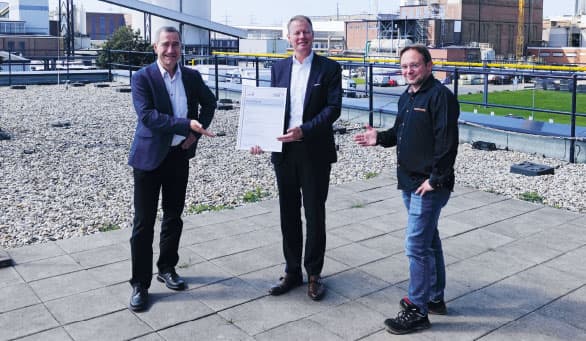
Heinz Esser, managing director of the DVGW’s regional NRW Group, handing over the certificate to Silvio Löderbusch, managing director of REMONDIS Production, and Karsten Schwalke, technical safety officer at the company (from left to right)
Image credits: image 1–3: © REMONDIS







